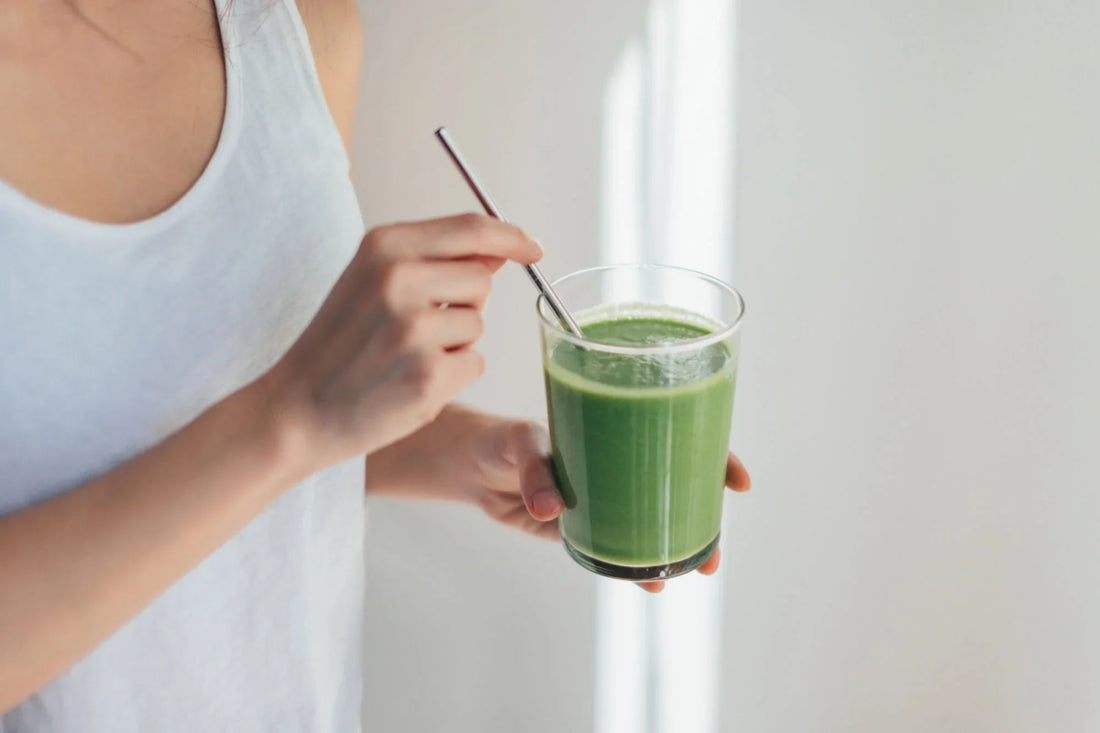SOURCE — 5 min
How to Choose a Plant-Based Protein Powder

Plant-based protein powder isn’t new, but it does seem to be gaining in popularity. These days, there’s a wide variety of products to choose from, so it can be hard to determine which is best suited to your lifestyle and dietary needs.
For those considering adding a plant-based protein powder to their diet, but don’t know where to start, this is the guide for you!
A Primer on Protein
Dietary protein consists of 20 amino acids, nine of which are essential or conditionally essential amino acids. So, this means we need to get them or their precursors through food or supplements. At one time, we thought we had to eat all eight essential amino acids at the same time, leading to considerable stress about how to combine plant-based foods in order to get "complete protein". But we now know that it is sufficient to eat a good mix of plant-based foods which provide essential amino acids throughout any 24-hour period. [1]

The human body is very efficient at using and recycling essential amino acids to create its own complete protein. This means that most moderately active adults need around 0.8 g of protein per kilogram of body weight per day. [2] More active people, such as athletes, may need a higher intake of 1.4-2/kg of body weight, given the higher rate of protein turnover. [3]
Protein Powder Forms
In general, protein powders (for example, whey powder) tend to come in the form of isolate, hydrolysate, and concentrate. This describes how they are purified and manufactured.
Isolate
Protein isolate is almost entirely isolated amino acids, with little fat, fiber, or other substances. These are digested more slowly and are typically less allergenic than other protein sources. They also help keep you feeling full for longer while supporting muscle protein synthesis. [4]
Hydrolyslate
Protein hydrolysates (proteins soaked in water) are digested more rapidly. This is because the bonds between the amino acids have been cut and undergone enzymatic activity. Protein hydrolysates tend to increase the rate of dietary amino acid incorporation into skeletal muscle protein. [5] As a result, this kind of protein may be useful for supporting muscle repair after an intense workout.
Concentrate
Protein concentrates are high in protein but are less concentrated than isolates and hydrolysates. They’ve also undergone less processing than other types of protein, so they’re an attractive option for those wanting a more natural protein powder. [6]
Plant-Based Protein Sources

Legumes, nuts, and seeds are excellent protein sources. Grains, fruits, and vegetables also contain protein, although in smaller amounts. Accordingly, plant-based protein supplements tend to come from legumes, seeds, and some grain products, or mixtures thereof. These plant-based protein sources have some key advantages over animal-derived proteins. For example, they often contain fiber, are lower in fat, and are free from cholesterol. So, plant proteins can help you feel full while keeping your daily calorie intake low and meeting your protein needs. Let’s take a closer look at a few different popular sources of plant-based protein powders and what they’re good for:
Hemp
Hemp seeds are an excellent source of amino acids as well as some essential fatty acids (EFAs) and fiber. However, protein powders from hemp may be concentrates or isolates, so check labels for EFA and fiber content if those are factors. Hemp protein is also quite granular and light. It has a slight grassy flavor which helps to make it a good choice for a green shake or smoothie. Additionally, hemp is a near-complete protein and is typically high in fiber, which makes it a popular choice.
Brown Rice
Brown rice protein and sprouted brown rice protein contain a good amount of amino acids, although they aren’t complete proteins. Because of this, brown rice protein is often mixed with pea or hemp protein to round out the essential amino acids. Sprouted brown rice protein is, in essence, a raw rice protein hydrolysate and is less granular than hemp, but less dense than soy. These qualities make it a good choice for mixing with foods, simple shakes, or smoothies. Additionally, brown rice protein has a low-allergen profile and is easy to digest which makes it a smart option for those with sensitive stomachs or allergies to soy or dairy.
Pea Protein
Mixing pea protein with other sources of plant protein ensures a good amino acid profile. Because of this, it’s common to find it in a blended formula with other plant-derived foods that are high in protein, such as pumpkin seeds, quinoa, chia seeds, spirulina, and chlorella.
Plant-Based Protein Smoothie
Natural Factors Vegan Protein Factors is a blend of 100% natural plant proteins derived from non-GMO yellow pea, organic-sprouted brown rice, along with organic hemp and chia seeds! Available in Vanilla Bean, it makes a great base for a protein smoothie. For a delicious smoothie full of antioxidants, vitamins, minerals, amino acids, and of course protein, add the following to your blender:
- 1/2 cup of green tea
- 1 cup of almond milk
- 1/2 ripe banana
- 1/2 tsp of maple syrup
- 1 cup of frozen or fresh blueberries
- 1 scoop of Natural Factors Vegan Protein Factors



